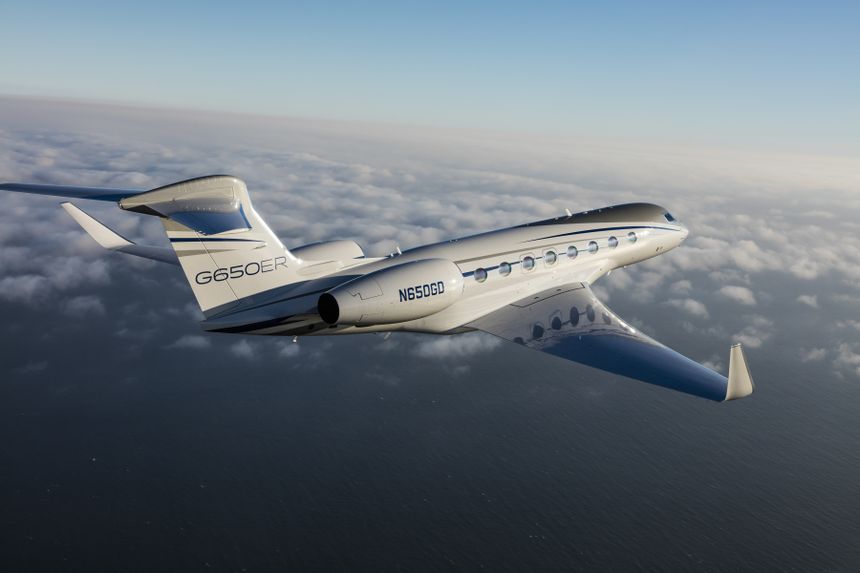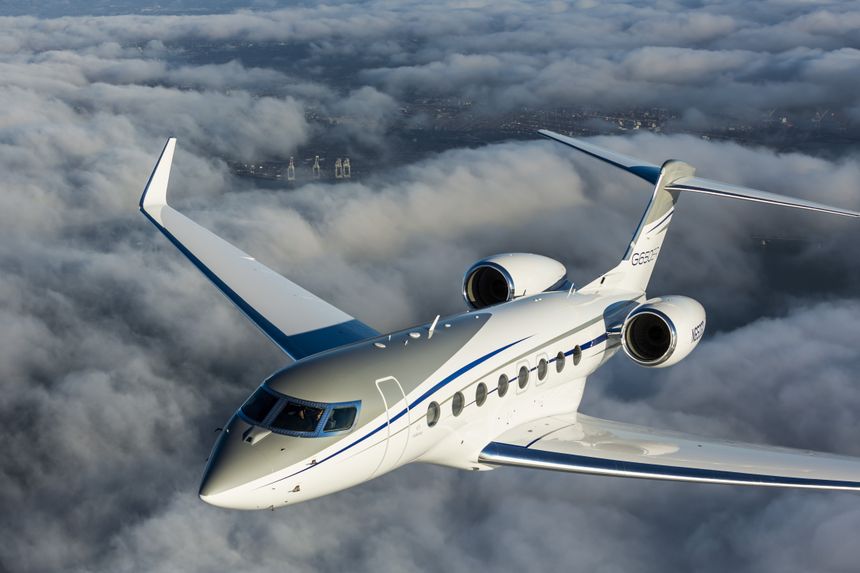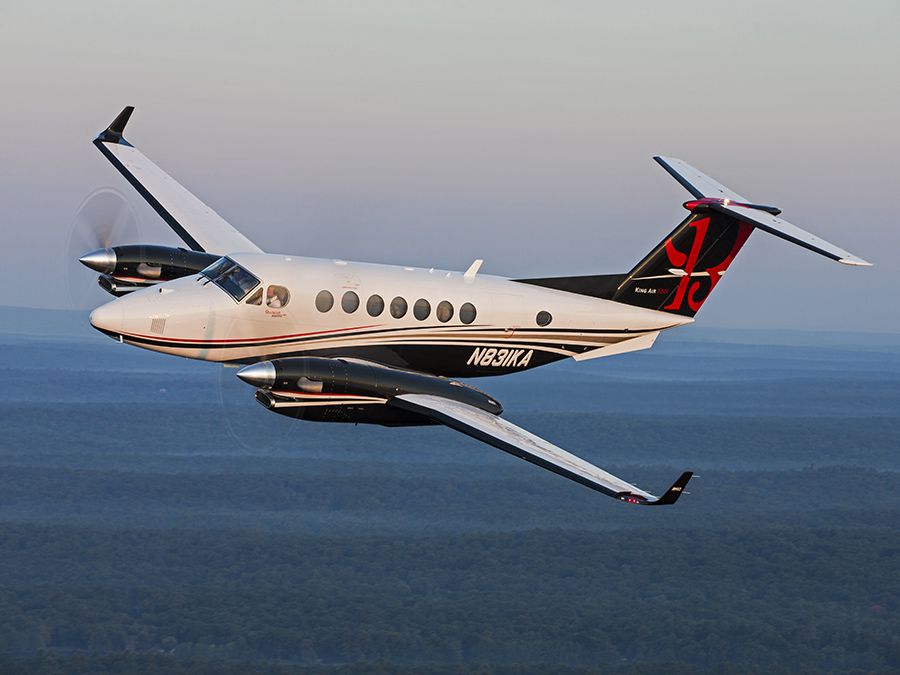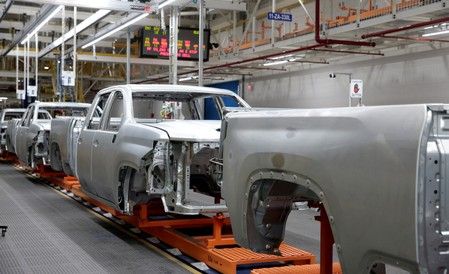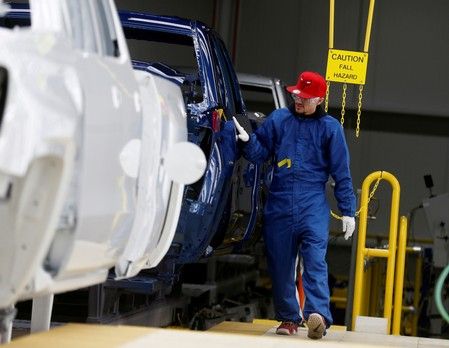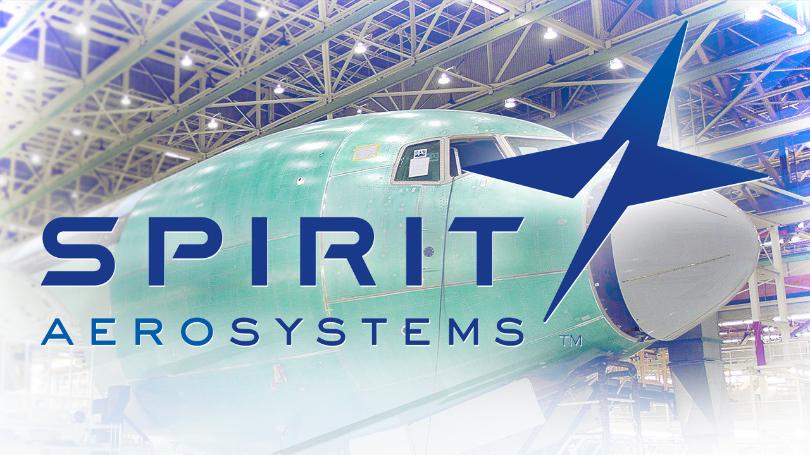
SAVANNAH, Ga., Aug. 23, 2019 /PRNewswire/ — Gulfstream Aerospace Corp. today announced it has officially expanded its maintenance, repair and overhaul (MRO) operations at Wisconsin’s Appleton International Airport with the opening of a newly built aircraft maintenance facility. The facility has been operational since Aug. 10.
The nearly 190,000 square-foot/17,652-square-meter building, northeast of the airport terminal, was constructed with an investment of approximately $40 million. The expansion to the Appleton service center includes 101,853 sq ft/9,462 sq m of hangar space, which will accommodate 12 Gulfstream G650ER or G650 aircraft. In addition to offices, back shops and general support space, the expansion adds a new sales and design center and increased customer access to Gulfstream’s design portfolio. The project, announced in February 2018, has resulted in nearly 100 new jobs at Gulfstream Appleton, with the potential for more in the next few years.
“This is a very exciting day for Appleton and the entire Fox Valley,” said Derek Zimmerman, president, Gulfstream Customer Support. “This beautiful facility represents the most significant expansion we’ve had in the 20 years we’ve been here. It is a tremendous asset to our site and the community. It will help us enhance the reliability of our growing fleet, support more customers and elevate their experience, continue to maintain a high level of safety and provide a world-class workplace for our employees.
“We are thankful to General Dynamics, the Wisconsin Economic Development Corporation, the Fox Cities Chamber of Commerce Regional Partnership, the Outagamie County Executive, the Outagamie County Board of Supervisors and the town of Greenville Board for their essential support.”
Gulfstream announced the maintenance facility opening before an audience of employees and state and local dignitaries, including Wisconsin Gov. Tony Evers. The company will open four other expanded or new service centers in 2019 and 2020: Savannah, Georgia; Van Nuys, California; Palm Beach, Florida; and Farnborough, England.
Gulfstream Appleton is home to a service center and a large-cabin completions facility spread over approximately 500,000 sq ft/46,452 sq m. It offers customers a broad range of services, including major inspections, structural modifications, major avionics installations and safety upgrades. Its MRO operation is certified by the U.S. Federal Aviation Administration, European Aviation Safety Agency, Civil Aviation Administration of China and seven other civil aviation authorities worldwide. In 2018, Appleton had nearly 500 aircraft visits.
Gulfstream Appleton’s new facility has several sustainable features, including sensitive land protection, rainwater management system, enhanced control systems for heating and cooling, optimized energy performance and electric vehicle charging stations. It is expected to receive U.S. Green Building Council Leadership in Energy and Environmental Design certification.
